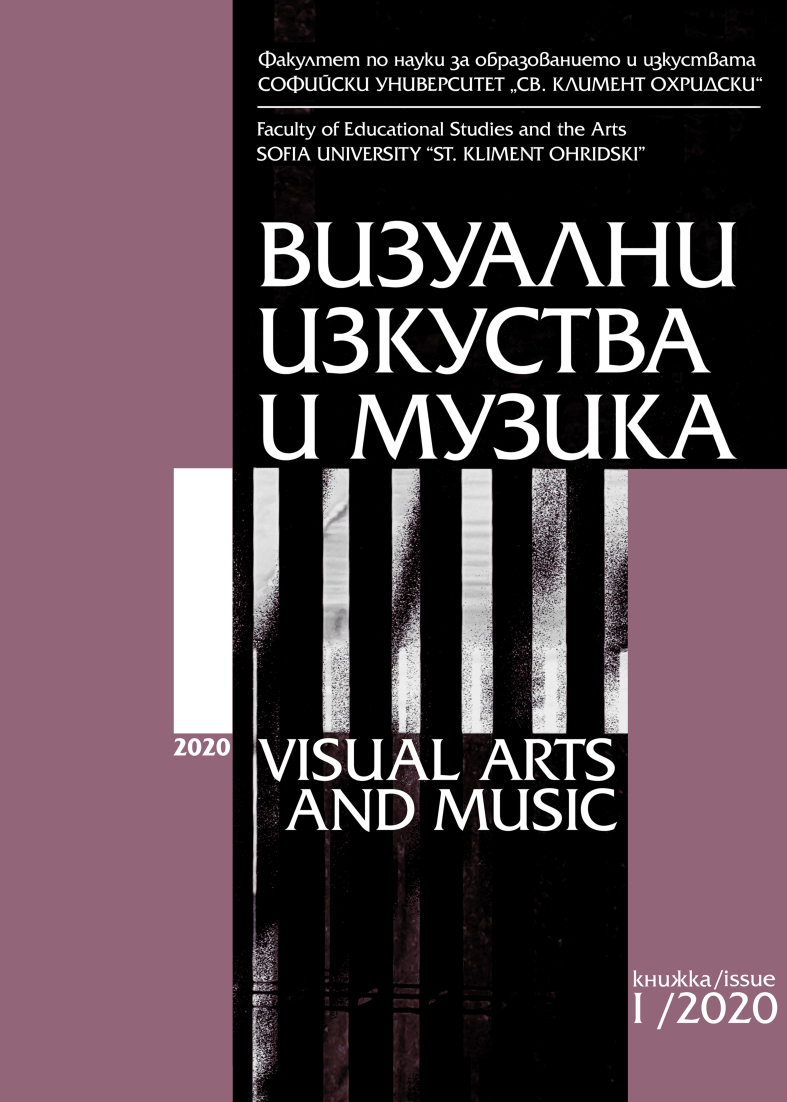TWO EARLY BYZANTINE CAPITALS WITH FINE-TOOTHED ACANTHUS FROM THE EPISCOPAL BASILICA OF PHILIPPOPOLIS
Keywords:
Corinthian composite capital, fine-toothed acanthus capital, ‘Theodosian’ capital, bipartite capital, wind-blown acanthus capitalAbstract
The subject of the present article are two capitals from the Episcopal Basilica of Philippopolis which are among the most splendid and representative examples of early Byzantine architectural sculpture with their fine-toothed acanthus and a variation of the wind-blown acanthus with a different type of decoration on the two preserved adjoining sides.
These artefacts are of smaller dimension and they belonged to the secondary structures of the basilica interior. Chronologically they are approximately synchronous to the large column imposts and Ionic imposts discovered in the basilica – end of the first half of the 5-th century or the 6-th century. Although different in shape and decorative patters, the two capitals from the Episcopal Basilica bear some common specifics in terms of material and fine technique which is unquestionably indicative of their synchronous production and their Proconnesian origin from the emperor’s workshops on the island of Proconnesos in the Marmara Sea. Thus, these capitals reflect the evolving changes in the cultural exchange and material sources, models, and sculptural concepts in the city. The capitals are also important as indicators of the way in which the rare types they actually represented spread about. No other examples of the wind-blown type have been discovered hitherto on the present-day territory of Bulgaria.

